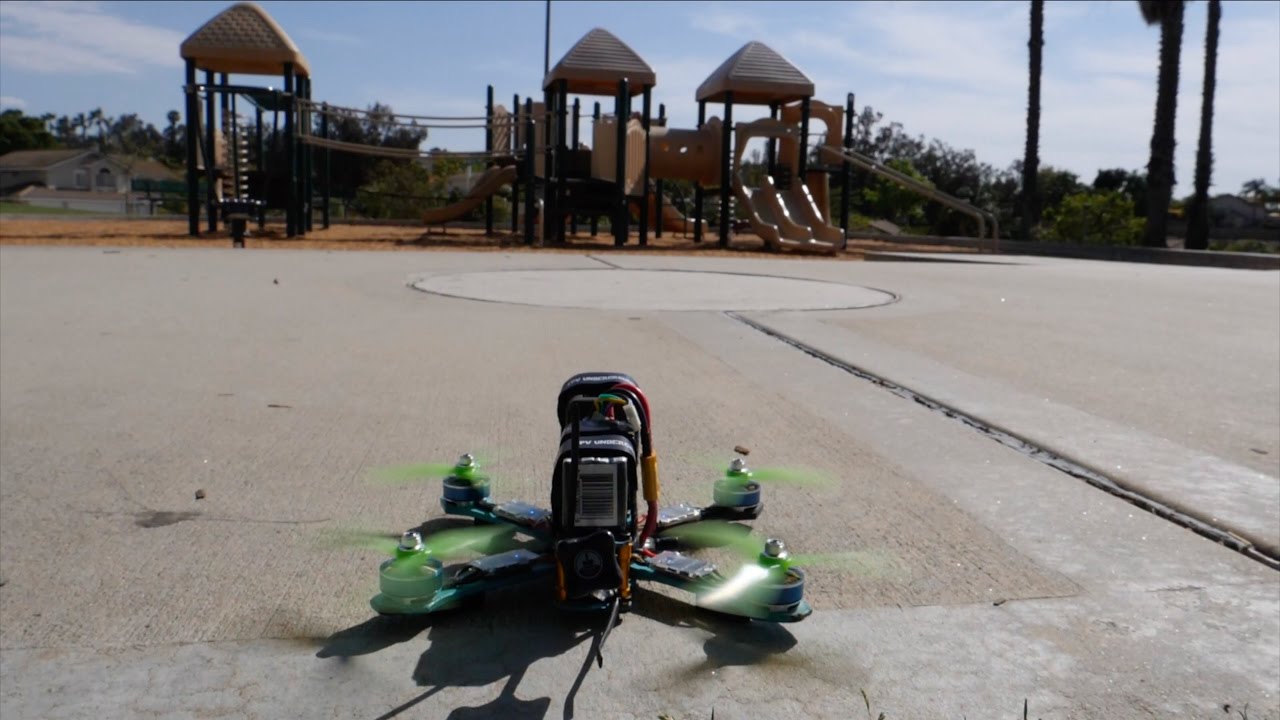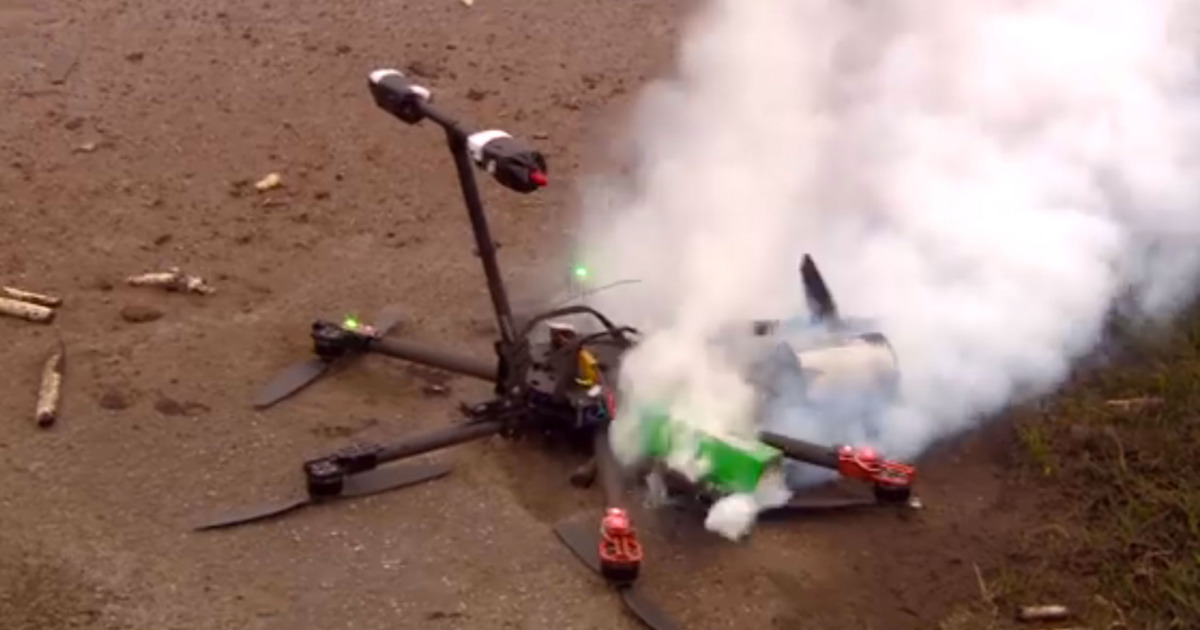Drone show crash: The dazzling spectacle of a synchronized drone light show can quickly turn into a chaotic mess when things go wrong. This guide dives into the various reasons behind these spectacular failures, from simple glitches to catastrophic malfunctions, exploring the technology, human error, and environmental factors that can lead to a crash. We’ll look at real-world examples, safety measures, and the future of drone show technology, aiming to shed light on how to prevent these breathtaking – and potentially costly – events.
Drone show crashes are unfortunately becoming more common, highlighting the need for improved safety protocols. Understanding the causes is crucial, and you can find a detailed analysis of one such incident, a serious drone show accident , to learn from past mistakes. Studying these accidents helps prevent future drone show crashes and ensures safer, more spectacular displays.
We’ll cover the different types of crashes, focusing on the causes, consequences, and the steps being taken to improve safety. We’ll also examine existing regulations, explore technological advancements, and analyze case studies to understand the full impact of a drone show crash. Get ready for a deep dive into the world of aerial acrobatics and the challenges of keeping those tiny flying machines in perfect formation.
Drone Show Crashes: A Comprehensive Overview

Drone shows, while spectacular, are complex operations with inherent risks. Understanding the various causes of crashes, implementing robust safety measures, and learning from past incidents are crucial for ensuring the continued success and safety of this burgeoning industry. This article delves into the multifaceted nature of drone show crashes, examining their causes, consequences, and the technological advancements aimed at preventing future occurrences.
Drone show crashes are unfortunately becoming more common, highlighting the need for robust safety protocols. To learn more about the planning and execution that goes into preventing such incidents, check out this resource on florida drone show safety measures. Understanding successful shows helps us analyze what causes crashes and improve future performances to minimize risks.
Types of Drone Show Crashes
Drone show crashes can be categorized into several types based on their root causes. These categories aren’t mutually exclusive; often, multiple factors contribute to a single incident.
- Software Malfunctions: Glitches in flight control software, communication protocols, or autonomous navigation systems can lead to unpredictable drone behavior and collisions. For example, a software bug might cause a drone to lose its position in formation, leading to a mid-air collision.
- Hardware Failures: Mechanical failures, such as motor malfunctions, battery issues, or GPS sensor errors, can also cause crashes. A sudden motor failure could cause a drone to plummet from the sky, potentially damaging itself or nearby drones.
- Human Error: Pilot mistakes, insufficient training, and poor planning significantly contribute to crashes. A pilot misjudging wind conditions or failing to properly calibrate the drones before a show could result in a disastrous outcome.
- Environmental Factors: Strong winds, heavy rain, or radio frequency interference can disrupt drone operation and increase the risk of accidents. A sudden gust of wind could knock a drone off course, causing it to crash into an obstacle or another drone.
Safety protocols vary across shows. Larger, more established companies often employ redundant systems, rigorous pre-flight checks, and experienced pilots. Smaller shows may have fewer resources and consequently, a higher risk profile.
Causes of Drone Show Crashes

A deeper look into the contributing factors reveals a complex interplay of technical and human elements.
- Technical Reasons: Individual drone malfunctions, such as GPS signal loss or communication failures, are common. System-wide issues, such as interference between drones or network congestion, can also trigger cascading failures.
- Human Error: Inadequate pilot training, improper pre-flight checks, and poor coordination among pilots are major contributors. Errors in show planning, such as neglecting environmental factors or failing to account for potential obstacles, can also lead to crashes.
- Environmental Impact: Adverse weather conditions, particularly strong winds and heavy rain, severely impact drone stability and control. Electromagnetic interference from other sources can disrupt communication signals and lead to unexpected drone behavior.
Safety Measures and Regulations, Drone show crash
Various countries and regions have implemented regulations to govern drone shows. These regulations typically address pilot licensing, operational limitations, and safety protocols. A comprehensive safety checklist is crucial for every drone show.
| Safety Feature | Drone Model A | Drone Model B | Drone Model C |
|---|---|---|---|
| Redundant GPS Systems | Yes | Yes | No |
| Obstacle Avoidance | Basic | Advanced | Limited |
| Fail-safe Mechanisms | Emergency Landing | Emergency Landing & Return to Home | Emergency Landing Only |
| Communication Range | 5km | 10km | 3km |
The table above provides a simplified comparison; actual features vary significantly based on specific models and configurations.
Consequences of Drone Show Crashes

Drone show crashes can have far-reaching consequences.
Drone show crashes are unfortunately becoming more common, highlighting the need for better safety protocols. A recent example that illustrates this is the orlando drone show accident , which raised serious concerns about malfunction prevention. Learning from these incidents is crucial to improving the reliability and safety of future drone shows, ensuring spectacular displays without risk.
- Financial Losses: Damage to drones, venue repairs, and potential legal liabilities can lead to substantial financial losses.
- Reputational Damage: A spectacular crash can severely damage the reputation of the organizers and involved parties.
- Potential Injuries: Falling drones can cause injuries to spectators or bystanders.
Insurance policies and liability frameworks are essential to mitigate these risks. A well-defined crisis management plan is crucial for handling incidents effectively.
Technological Advancements and Future Prevention

Emerging technologies hold immense potential for enhancing drone show safety.
- AI and Improved GPS: AI-powered systems can enhance autonomous navigation, obstacle avoidance, and real-time decision-making, improving the overall resilience of drone swarms.
- Redundancy and Fail-safes: Redundant systems and fail-safe mechanisms, such as automatic emergency landings or return-to-home functions, can minimize the impact of individual drone malfunctions.
A future drone show system might incorporate advanced AI, robust communication networks, and real-time environmental monitoring to predict and prevent potential hazards. This hypothetical system would use a decentralized control architecture to avoid single points of failure and include sophisticated algorithms for collision avoidance and formation maintenance.
Case Studies of Notable Crashes
Several high-profile drone show crashes have highlighted the importance of robust safety measures.
- Case Study 1: A large-scale drone show in [Location] experienced a cascade failure due to GPS interference. Many drones crashed, resulting in significant financial losses and reputational damage.
- Cause: GPS interference and inadequate redundancy.
- Consequences: Financial losses, reputational damage, and revised safety regulations.
- Key Takeaway: The importance of robust GPS redundancy and interference mitigation strategies.
- Case Study 2: A smaller show in [Location] suffered several crashes due to unexpected high winds.
- Cause: Poor weather forecasting and inadequate wind mitigation strategies.
- Consequences: Damage to drones and a delay in the show.
- Key Takeaway: The need for accurate weather forecasting and contingency plans for adverse weather conditions.
- Case Study 3: A drone show in [Location] experienced a software glitch that caused drones to lose control.
- Cause: A software bug in the flight control system.
- Consequences: Several drones crashed, causing minor property damage.
- Key Takeaway: The importance of thorough software testing and validation.
These crashes, while differing in specifics, underscore the need for rigorous safety protocols and continuous improvement in technology and operational procedures. The visuals of a drone show crash are often chaotic and unsettling, evoking feelings of surprise, disappointment, and concern for the safety of those involved.
Last Point: Drone Show Crash
Ultimately, preventing drone show crashes requires a multi-pronged approach. Stricter regulations, improved technology, rigorous training for operators, and thorough pre-flight checks are all crucial. While the risk of failure can never be entirely eliminated, by understanding the causes and implementing robust safety measures, we can significantly reduce the likelihood of these spectacular failures and ensure the continued enjoyment of these awe-inspiring displays.
The future of drone shows depends on a commitment to safety and innovation – ensuring these breathtaking performances remain spectacular for years to come, without the added drama of a crash.
FAQ Compilation
What is the average cost of a drone show crash?
The cost varies wildly depending on the scale of the show, the number of drones involved, and the extent of the damage. It can range from a few thousand dollars to hundreds of thousands, including drone replacement, potential venue damage, and reputational costs.
Can a drone show crash cause injuries?
While less common than property damage, injuries are possible. Falling drones can cause significant harm, and there’s a risk to bystanders if a large number of drones crash in a populated area.
What insurance covers drone show crashes?
Specialized liability insurance policies are essential for drone show operators. These policies typically cover damages caused by drone malfunctions and accidents, protecting against financial losses.
Are there international standards for drone show safety?
International standards are still developing. Many countries have their own regulations, but a universal set of guidelines is gradually emerging to ensure consistency and safety across borders.